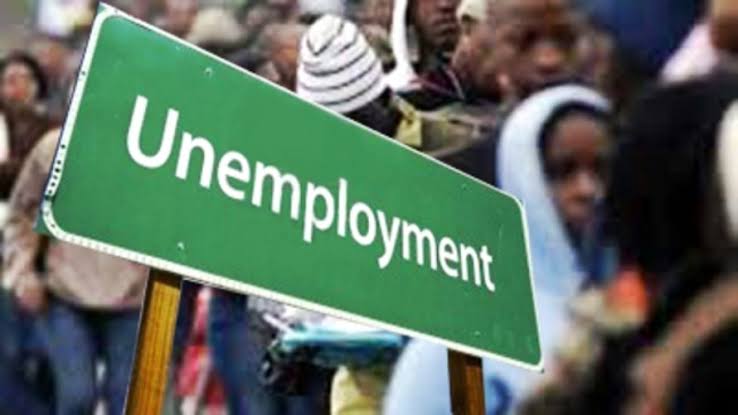As reported by the National Bureau of Statistics (NBS), unemployment in Q1 2024, Nigeria’s unemployment rate rose to 5.3%, up from 5.0% as it was in Q3 2023.
According to the NBS’ 2023 Annual and Q1 2024 Nigeria Labour Force Survey, there are huge differences in unemployment levels in all the states, as Abia recorded the highest at 18.7%, while Nasarawa recorded the lowest at 0.5%.
The report highlights that urban areas have a greater unemployment rate, 6.0%, compared to rural areas, 4.3%. Additionally, the youth unemployment rate is 8.4%, a 0.2% reduction from the previous rate in Q3 2023.

Unemployment rates also differ according to the level of education: those with postgraduate education face a 2.0% unemployment rate, post-secondary education holders 9.0%, secondary education holders 6.9%, and primary education holders 4.0%.
The labour force participation rate decreased to 77.3% in Q1 2024, down from 79.5% in Q3 2023. There was also a fall in the employment-to-population ratio, by 2.4 percentage points to 73.2% in Q1 2024.
In contrast, the proportion of wage-employed workers went up to 16.0%, increasing by 3.3 percentage points from 12.7% reported in Q3 2023.
The NBS report on Nigeria’s labour market calls for measures to combat unemployment to spur economic development.

















